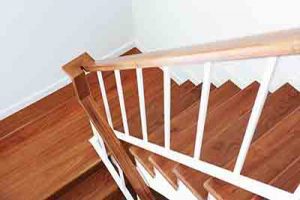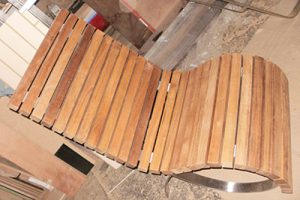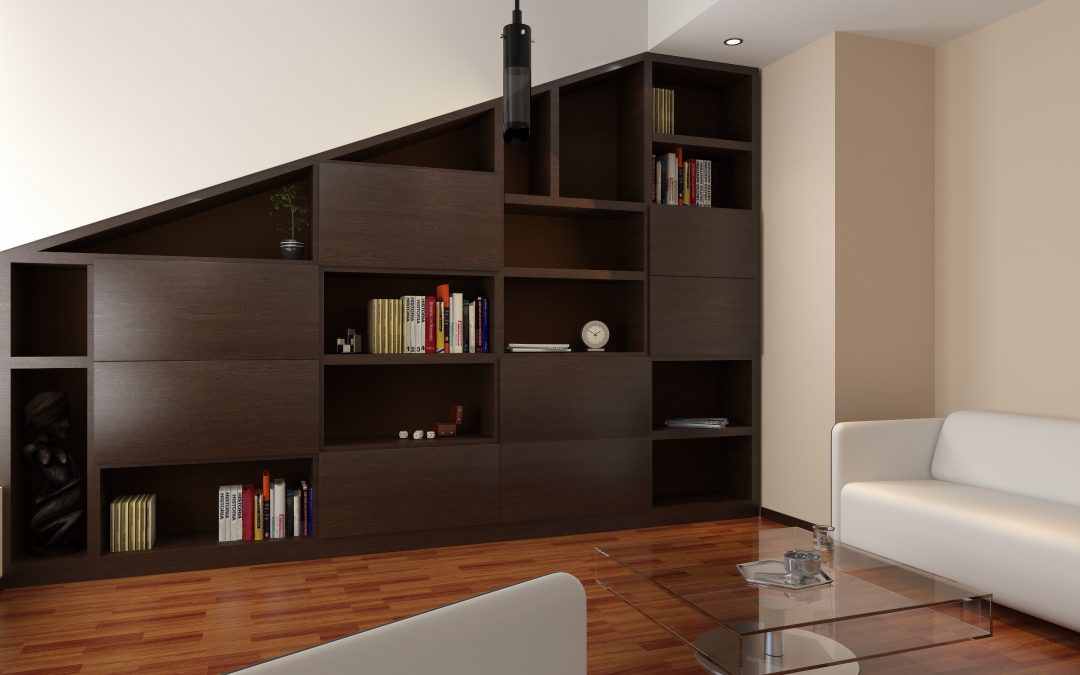Solid wood or veneer? Which one is better?
The perceptions associated with the quality of solid wood and veneers are ones of much debate and the answers are far more complex than you might think. This article should assist you in shedding some light on the subject and attempt to answer some of the questions raised.
First of all what do we mean when we refer to veneer. Veneer is a very thin panel of wood that can range from paper thin to around 5-6mm thick. A Veneer panel can be applied to anything from chip board, MDF (Medium Density Fiber Board) or even solid wood.
Most people perceive solid wood furniture as a higher quality product than a product which uses veneered panels. However, some of the most expensive and high quality furniture that you can purchase can sometimes be made from MDF with a veneer placed over the top of it, and some of the cheapest furniture you can purchase can be constructed using solid wood.
Solid Wood
Solid wood furniture ranges in quality due to the way the wood is selected and assembled, and this is all down to cost. For example, you might use a solid oak where the timber is selected because it has few or no black knots. However you might find a lesser grade of solid oak which allows for knots. This is designed to be more rustic, and more variation in the grain suits this style. Using a lower grade of solid oak would significantly reduce the cost – and it is in fact possible to manufacture furniture made entirely of solid oak very cheaply, if a very low grade of wood is used. Cheap solid wood furniture is usually made from cheap cuts of timber that have not been dried properly and may contain knots, or even off cuts that have been ‘finger jointed’ together. There is a risk that this cheap furniture may crack and/or warp in a centrally heated house.
Veneer
People often associate veneer with cheap flat pack furniture of low quality. Low quality veneer is extremely wafer thin and usually sits on top of a cheap MDF or chip board base. Because the Veneer is so thin, it is easily damaged and usually leaves the unfinished chip board or MDF exposed underneath. This can be a result of poor or inappropriate glue quality, too little or too much glue, as well as the quality of the base component.
A high quality veneer on a good MDF however, should often be favoured over a solid panel. And usually, a really good quality veneered panel will not be cheaper than a solid panel – it may even be more costly. Examples where a veneered panel should be used in favour of a solid panel is where the panel is large relative to its thickness – for example a dining table top. A solid top ‘plank table’ is very likely to warp or crack, especially if it’s made of oak. Using a good quality veneer on top is much to be preferred for durability and stability.
In any case, the best solution is usually to combine the best attributes of both types of production methods and create furniture that has both solid wood and veneer components. Furniture which has been designed with the correct timber selection and highest quality choice of material used for each component will create a strong, durable and high quality product.
Wood is a natural product and adheres to the forces of nature. Solid wood will always contract and expand based on temperature and humidity and the only two ways to reduce this effect is to A) ensure that the moisture content is suitable for the UK climate (10%), and that the wood is properly sealed in the finishing process. Using veneer inserts on top of a solid wood frame reduces this effect as the wood has room to expand and contract and will be less likely to crack or split.
So to answer the original question asked solid wood or veneer?
It’s not as simple as cheap and low quality versus expensive and high quality. In the vast majority of cases, in the name of durability and minimising the risk of problems the right combination of the two, as well as material selection is the best way to ensure a high quality standard.
If you’re considering commissioning a bespoke piece of furniture then it would always be best to speak to one of our advisors who will help you to decide on the best solution for your needs and budget.



